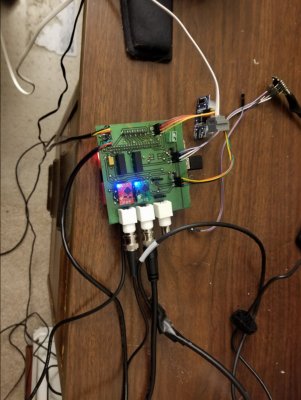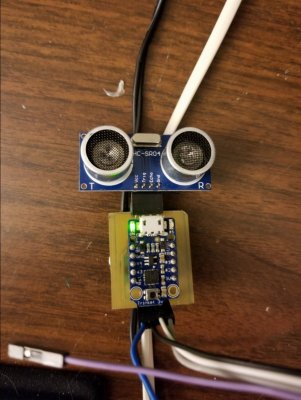- Joined
- Dec 16, 2018
- Messages
- 1,189
- Reaction score
- 2,826
Im using a pi zero w with @Michael Lane 's hat, and have not had a hardware problem at all, and with lighting, timers, macros, 8 relays, 3 temp sensors all in operation im only at 8 percent memory usage, and usually a fraction on 1 percent system usage, so I see no need for a Pi 3B. But in the future reef pi 3.0 may allow clustering of multiple reef pi installations, so a master pi 3b may be the way to go.
The rest of your questions ill defer to the people doing the development work.(and a fine job they do indeed!)
The rest of your questions ill defer to the people doing the development work.(and a fine job they do indeed!)





















